Agriculture’s carbon emissions are a constant talking point, but the carbon that is sequestered on Irish farms is not yet being counted. Quantifying the carbon sequestered is a difficult task, but one in which progress needs to be made immediately.
Earlier this month, researchers from Teagasc Johnstown Castle concluded that levels of carbon present in heavy Irish grassland soils are up to four times greater than originally thought. The study showed that these soils contained an average of 346t of carbon per hectare.
The study surveyed 10 grassland dairy farms on varying soil types, but across heavy soils. Soil samples were taken down to 1m every hectare or with varying landscape complexities. This allowed for horizon type, depth, texture, colour, mottling, structure, roots and stones to be assessed and recorded.
The soil type and drainage class were identified for each soil. Three to four soil pits (1m to 2m deep) were dug on each farm to get a representative description of the soil profile.
Soils were also defined using the soil information system.
Soils in the study were described as organic/peat soils, humic soils and mineral soils. The organic or peat soils are known to have at least 20% soil organic carbon in the top layer of soil which is as thick as 40mm.
How was soil carbon measured?
Soil organic matter was calculated from a 250g sub-sample from each main soil sample. The loss on ignition method was used, which means that the soil sample was placed into an oven until the ash was left and the organic materials had burned away.
Once the organic matter content was known, organic carbon was calculated by multiplying the SOM content by 0.581. The soil organic carbon was calculated for each horizon and added together to get the total carbon stock for each soil profile. The soil organic carbon saturation potential was then calculated.
Soil carbon saturation potential
Results showed that if the soil carbon saturation point was reached and the soil stored as much carbon as it could, on average, C storage could increase by an average of 792.1t/ha in each soil profile; ranging in potential from 346t/ha to 1,138.1t/ha. Most of this potential is in the lower layers of soil (the B and C horizons).
At present, the average C content as a proportion of C saturation was at 77.4% in the A horizon, 21.5% in the B horizon and 10.1% in the C horizon.
Reducing farming’s GHG emissions
Commenting on the need to reduce the impacts of climate change and the focus on the role of soils in sequestering carbon, the researchers stated that soil C stores should contribute to the reduction of greenhouse gas (GHG) emissions from agriculture this year.
“C sinks can contribute to GHG emission reductions from agriculture from 2021 and the maintenance of, and potential for increase in, soil C storage will need to form part of a fully integrated approach to emission reductions that views land use and management in light of this changed circumstance.”
Where to next?
While this research shows a positive result, more investigation is needed and similar work needs to be rolled out on farms across the country sooner rather than later.
The Teagasc Signpost Farms should provide more data on this front.
The current method of measurement is complex and laborious. However, there is a certain amount of data available from research trials across the country which may help to set up a bigger data pool on varying soil types and farming systems to perhaps give a broader picture of the C stocks of Irish soil.
In reality, Irish farms need an easier method of measuring the soil carbon stocks and potential on their farms.
The depth of sampling is a big challenge. If carbon is going to be measured, it should be recorded for the entire depth of the soil.
However, aside from the current research, other resources may contribute to the task such as the soil information systems and the current Geological Survey of Ireland (which has seen soil samples taken every 2km2 to a depth of 1m). This could provide information on soil profile and texture for different areas of the country.
Carbon sequestration potential
Rolling out the measuring of carbon on to individual farms will prove difficult, but is something that must be done sooner rather than later in order to get a true account of Irish agriculture’s carbon emissions and carbon sequestration potential.
If we accounted for the carbon sequestration of all crops grown as well as trees and hedgerows, Ireland’s agricultural emissions figures could look very different.
What is carbon sequestration?
Carbon sequestration is where carbon dioxide in the air is captured and then stored in the soil, reducing the amount of GHG emissions in the atmosphere which can affect global warming and climate change.
It is important to note that when carbon is stored in the soil, it can be released again as part of the carbon cycle. Where soil has good structure, carbon can be more stable in the soil and therefore stay in the soil for longer.





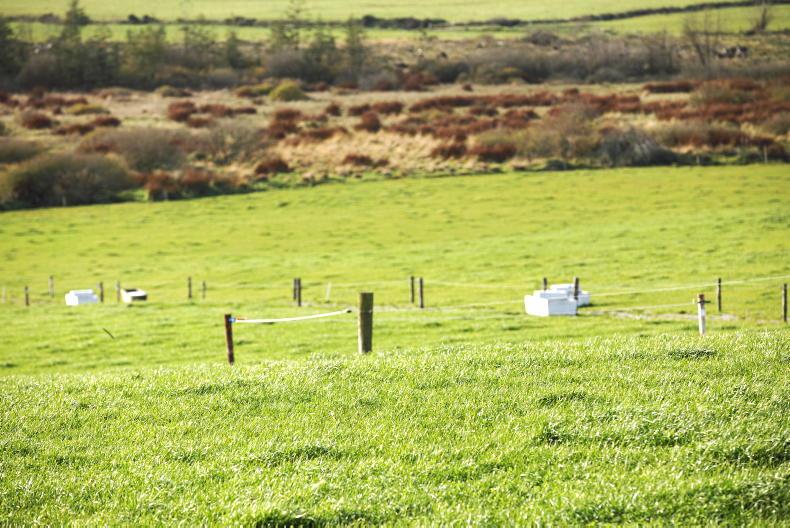
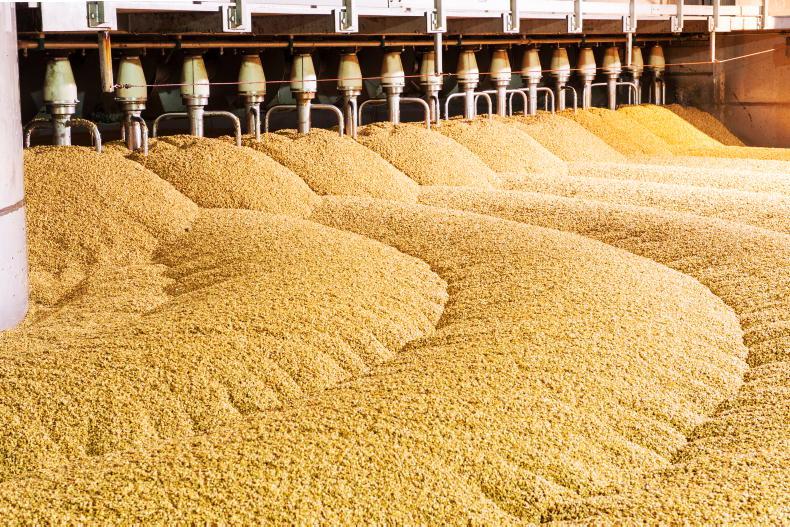
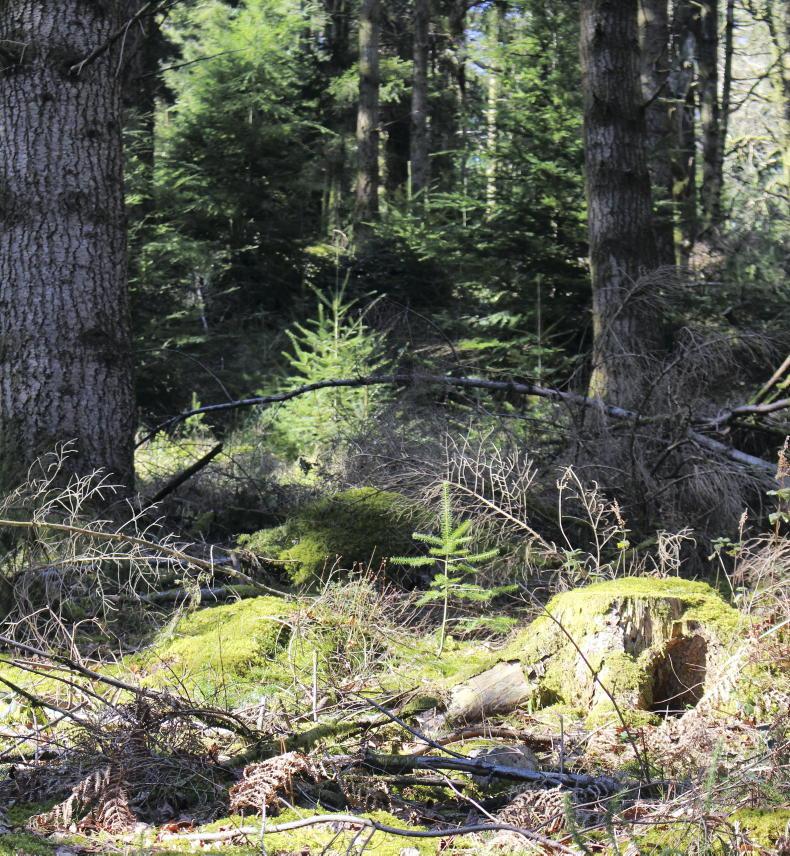
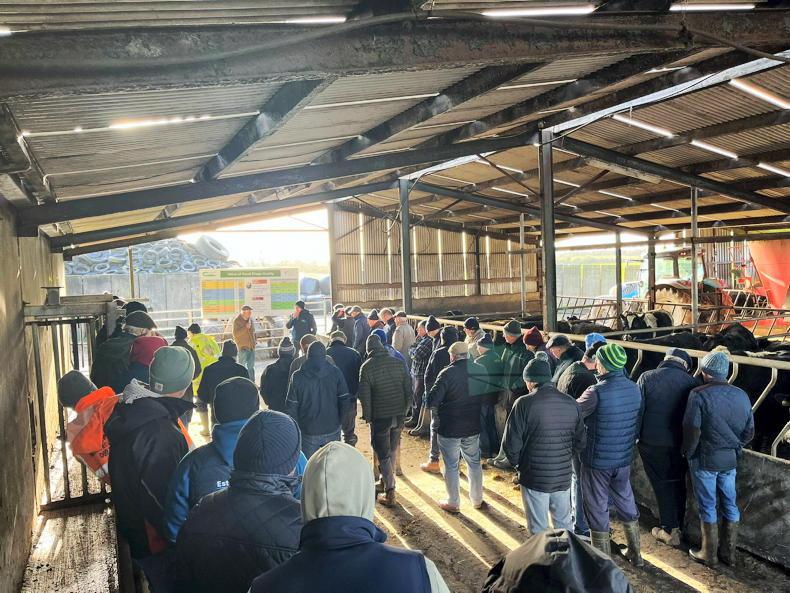
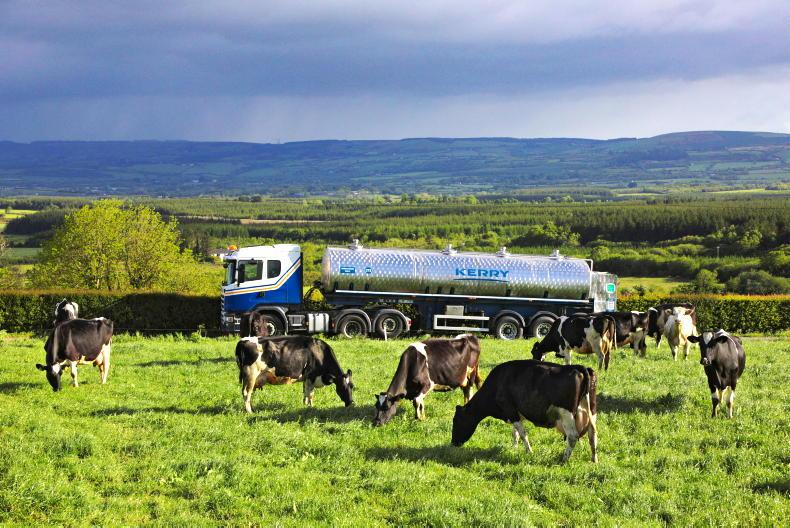
SHARING OPTIONS